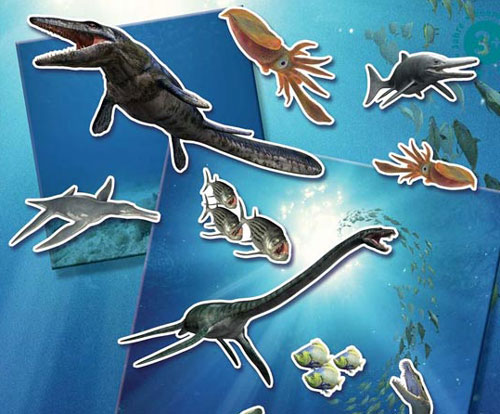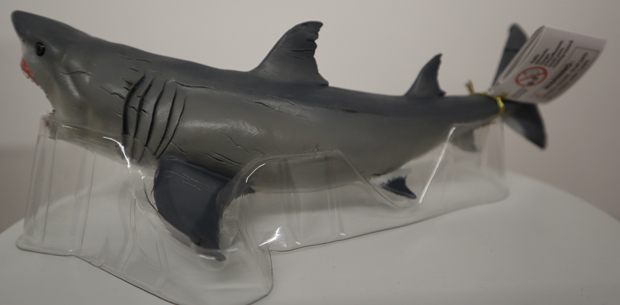Scientists in Alabama Solve Forty-Year Shark Puzzle
A team of scientists from the University of Alabama and the McWane Science Centre (Birmingham, Alabama), have solved a four-decade-long prehistoric shark mystery, naming a new species of Late Cretaceous marine predator, one that might possibly have been an ancestor of the mighty Megalodon (Carcharocles megalodon), the largest carnivorous shark known to science. The new species of shark has been named Cretalamna bryanti, the species name honours the Bryant family, committed supporters of the University of Alabama, the McWane Science Centre and the Alabama Museum of Natural History.
These institutions have all been directly involved in the study and subsequent paper publication in the academic journal PeerJ.
Cretalamna bryanti – Solving a Prehistoric Shark Puzzle
Views of the Holotype Tooth Helping to Define a New Species
Picture credit: PeerJ
The picture shows the holotype fossil tooth (MSC 2984.1) in two views (A) labial view – a view of the tooth showing the side which would have faced the lips (if the fish had them), the side of the tooth facing the outside of the mouth and (B), mesial view, (directed to the middle of the body). The scientists were able to establish a new species of a Cretalamna shark based on precise measurements of the features of the teeth within the study.
Key
(CH) = crown height.
(CT) = crown thickness.
(CW) = main cusp width.
(TH) = total height.
(TW) = total width
Thirty-Three Prehistoric Shark Teeth Collected
The shark has been described based on thirty-three teeth collected from four locations within Alabama over the best part of forty years. The teeth all between two and two and three-quarters centimetres high, represent a shark known as an otodontid or “mega-tooth” shark. As the skeletons of sharks are made from cartilage, they rarely fossilise but their teeth do survive the fossilisation process and as an individual shark may have hundreds or even thousands of teeth in its life, shark tooth fossils are relatively common.
Previously, the teeth had been assigned to the Cretalamna species C. appendiculatai, but these teeth are mostly associated with much older Cretaceous deposits found in Europe. The Alabama shark teeth were collected from rocks representing two geological formations, the Tombigbee Sand Member and the slightly younger Lower Mooreville Chalk. The fossils have been dated to 84 million to 82 million years ago, a time when this part of south-eastern America was covered by a shallow sea known as the Late Cretaceous Mississippi Embayment (part of the Western Interior Seaway).
Some of the Individual Teeth Examined in the Study
Picture credit: PeerJ
Explaining the postulated ancestry of the Megalodon sharks, lead author of the research Jun Ebersole (McWane Science Centre), stated:
“Over time, the sharks in the Megalodon line acquire [tooth] serrations, lose their cusplets (the little “fangs” on the sides of the main cusp) and grow to enormous sizes. The newly described shark is an early member of this family, so its teeth are small and unserrated, with up to two pairs of cusplets.”
“Hell’s Aquarium”
The establishment of this new species adds to the database regarding megafauna and hypercarnivores within the Western Interior Seaway. This new otodontid would have co-existed with other large predatory sharks, along with elasmosaurids, huge meat-eating fish and members of the Mosasauridae. Such was the number of large carnivores, that the Western Interior Seaway has been nicknamed “Hell’s Aquarium”!
Marine Life in the Western Interior Seaway (Late Cretaceous North America)
Picture credit: Everything Dinosaur
Note
The prehistoric shark referred to as “Megalodon” has recently been reclassified and named Otodus megalodon.
Visit the Everything Dinosaur website: Everything Dinosaur.
Picture credit: Everything Dinosaur
To view the Papo model range: Papo Prehistoric Animal Models.










Leave A Comment